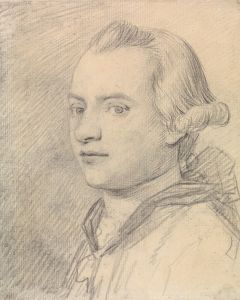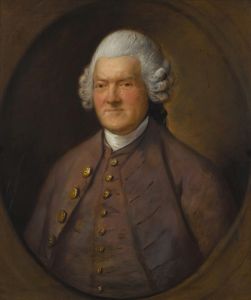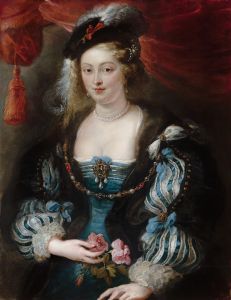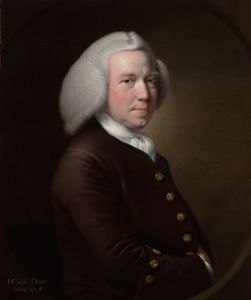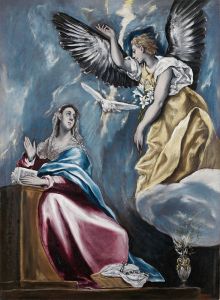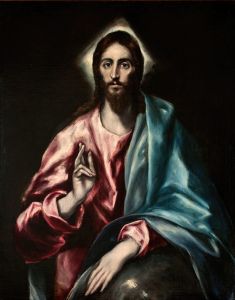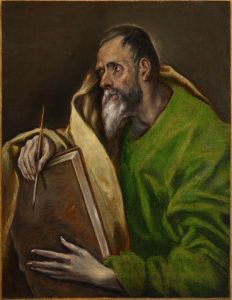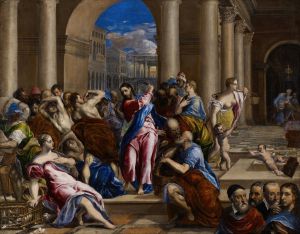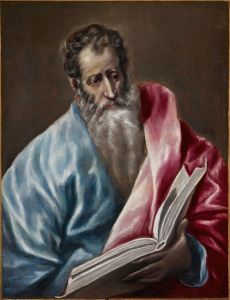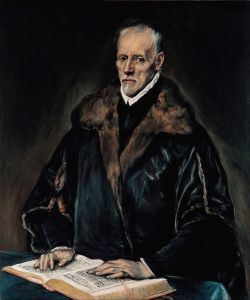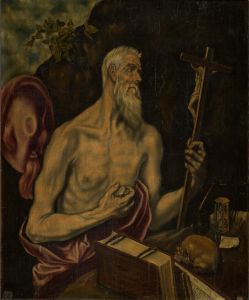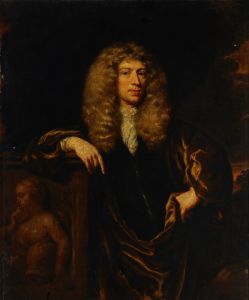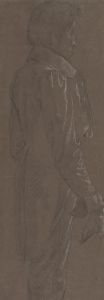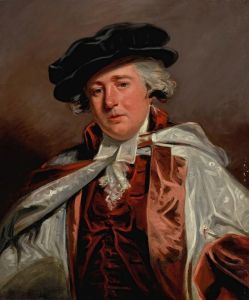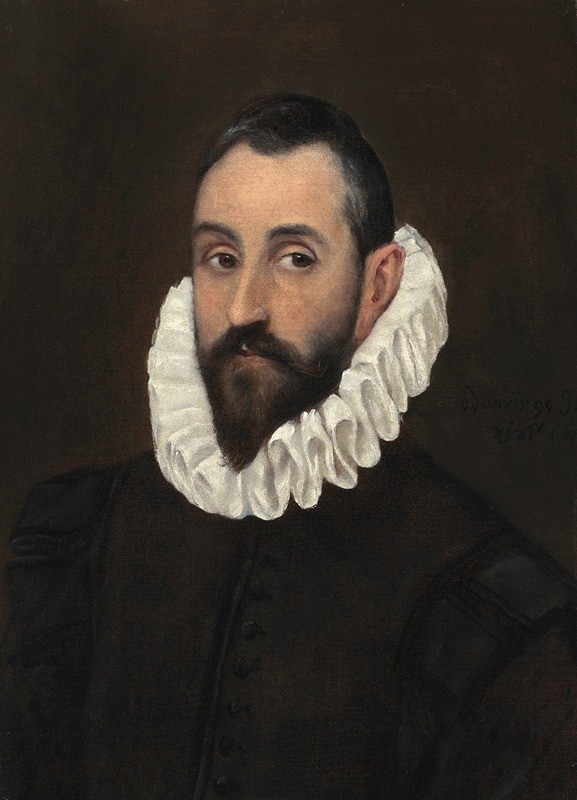
Portrait of a gentleman
A hand-painted replica of El Greco (Domenikos Theotokopoulos)’s masterpiece Portrait of a gentleman, meticulously crafted by professional artists to capture the true essence of the original. Each piece is created with museum-quality canvas and rare mineral pigments, carefully painted by experienced artists with delicate brushstrokes and rich, layered colors to perfectly recreate the texture of the original artwork. Unlike machine-printed reproductions, this hand-painted version brings the painting to life, infused with the artist’s emotions and skill in every stroke. Whether for personal collection or home decoration, it instantly elevates the artistic atmosphere of any space.
"Portrait of a Gentleman" is a painting by the renowned artist El Greco, whose real name was Domenikos Theotokopoulos. El Greco was a prominent painter, sculptor, and architect of the Spanish Renaissance, known for his distinctive style that combined elements of Byzantine tradition with Western painting techniques. Born in Crete in 1541, El Greco spent significant periods of his career in Italy and Spain, where he developed his unique artistic voice.
The painting "Portrait of a Gentleman" is one of El Greco's many portraits, a genre in which he excelled. El Greco's portraits are celebrated for their psychological depth and expressive use of color and form. While the exact date of creation for "Portrait of a Gentleman" is not definitively known, it is generally attributed to the latter part of El Greco's career, when he was living in Toledo, Spain. This period was marked by his mature style, characterized by elongated figures, dramatic lighting, and vibrant colors.
In "Portrait of a Gentleman," El Greco captures the essence of his subject with remarkable skill. The gentleman depicted is shown with an elongated face and expressive eyes, a hallmark of El Greco's portraiture. The use of light and shadow in the painting adds a sense of depth and intensity, drawing the viewer's attention to the subject's face. The background is typically dark, a technique El Greco often employed to emphasize the figure and create a sense of immediacy and focus.
El Greco's portraits are known for their ability to convey the personality and inner life of the sitter, and "Portrait of a Gentleman" is no exception. The subject's attire suggests a person of status and refinement, although specific details about his identity remain unknown. This anonymity is not uncommon in El Greco's portraits, as many of his subjects were members of the Spanish nobility or clergy, whose identities were not always documented.
The painting reflects El Greco's mastery of color and form, with a palette that includes rich blacks, whites, and subtle flesh tones. The brushwork is fluid and dynamic, contributing to the overall sense of movement and life within the portrait. El Greco's ability to blend elements of realism with his own visionary style is evident in this work, making it a compelling example of his artistic legacy.
"Portrait of a Gentleman" is housed in various collections, with several versions or similar works attributed to El Greco. His portraits continue to be studied and admired for their innovative approach and emotional depth. El Greco's influence on later artists, including the likes of Pablo Picasso and Jackson Pollock, underscores the enduring impact of his work on the trajectory of Western art.
In summary, "Portrait of a Gentleman" exemplifies El Greco's unique approach to portraiture, characterized by its expressive style and psychological insight. The painting remains a testament to El Greco's skill and his ability to transcend the conventions of his time, leaving a lasting mark on the history of art.





